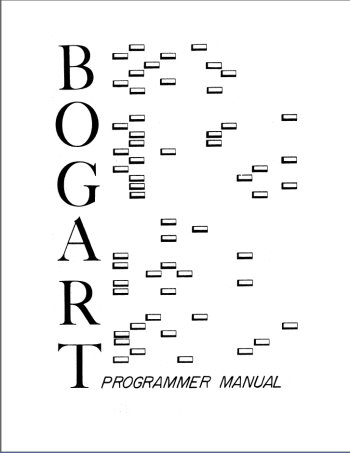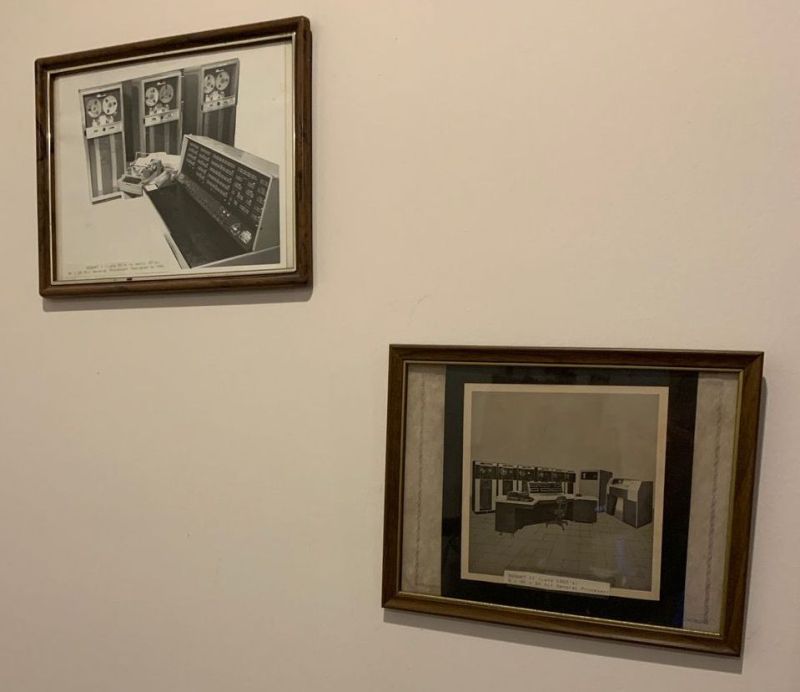
From the Bogart Programmers Manual:
1. Core Storage
× This storage can retain 4096 24-bit words, a total of 98,304 bits of information
× The Magnetic-core
storage contains 24 planes. Each 10 inch plane is a 64 by 64 square
array of 406 cores. Three of the four wires running through each core
write information into the core and the fourth wire senses whether a 1
or a 0 is stored in the core.
× If the core is
magnetized in one direction, a 1 is stored in it; and if it is
magnetized in the reverse direction, a 0 is stored in it. Information
read out by applying a current to the two read-out wires drives the
core into its zero state. If a 1 is stored in the core, the magnetic
direction-change induces a voltage in the read-out wire. By
sensing the voltage on the read-out wire, it is possible to determine
the previous magnetic state of the core.
× Since the read-out wire
sets the core to the zero state, it is necessary for the memory
circuits to restore the core to a one-state. If it contains a 1, this
is the regeneration portion of the storage cycle. The total storage
cycle of read-out and information regeneration takes 20 microseconds
per word.

 me.com>
me.com>
 Emails and photo from Al Herb
Emails and photo from Al Herb